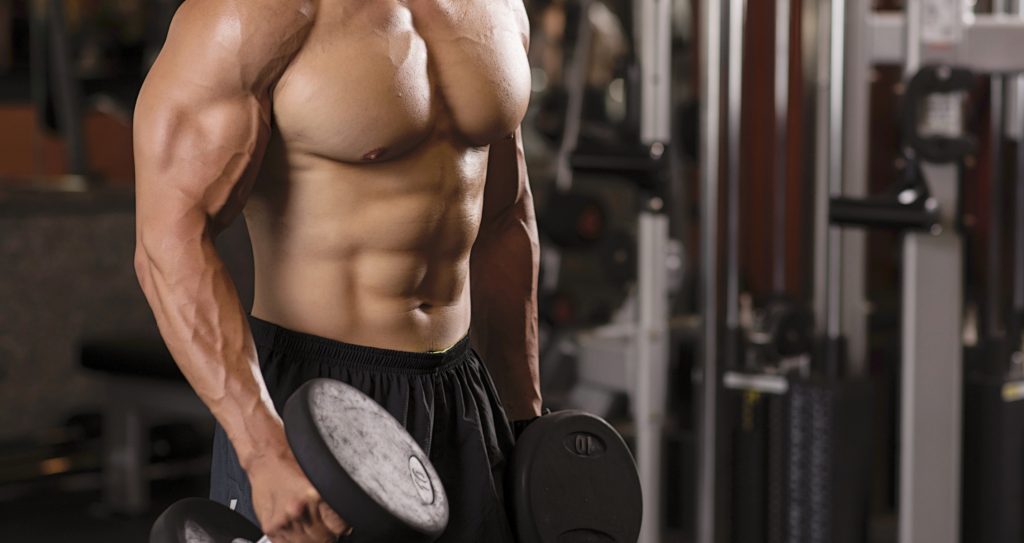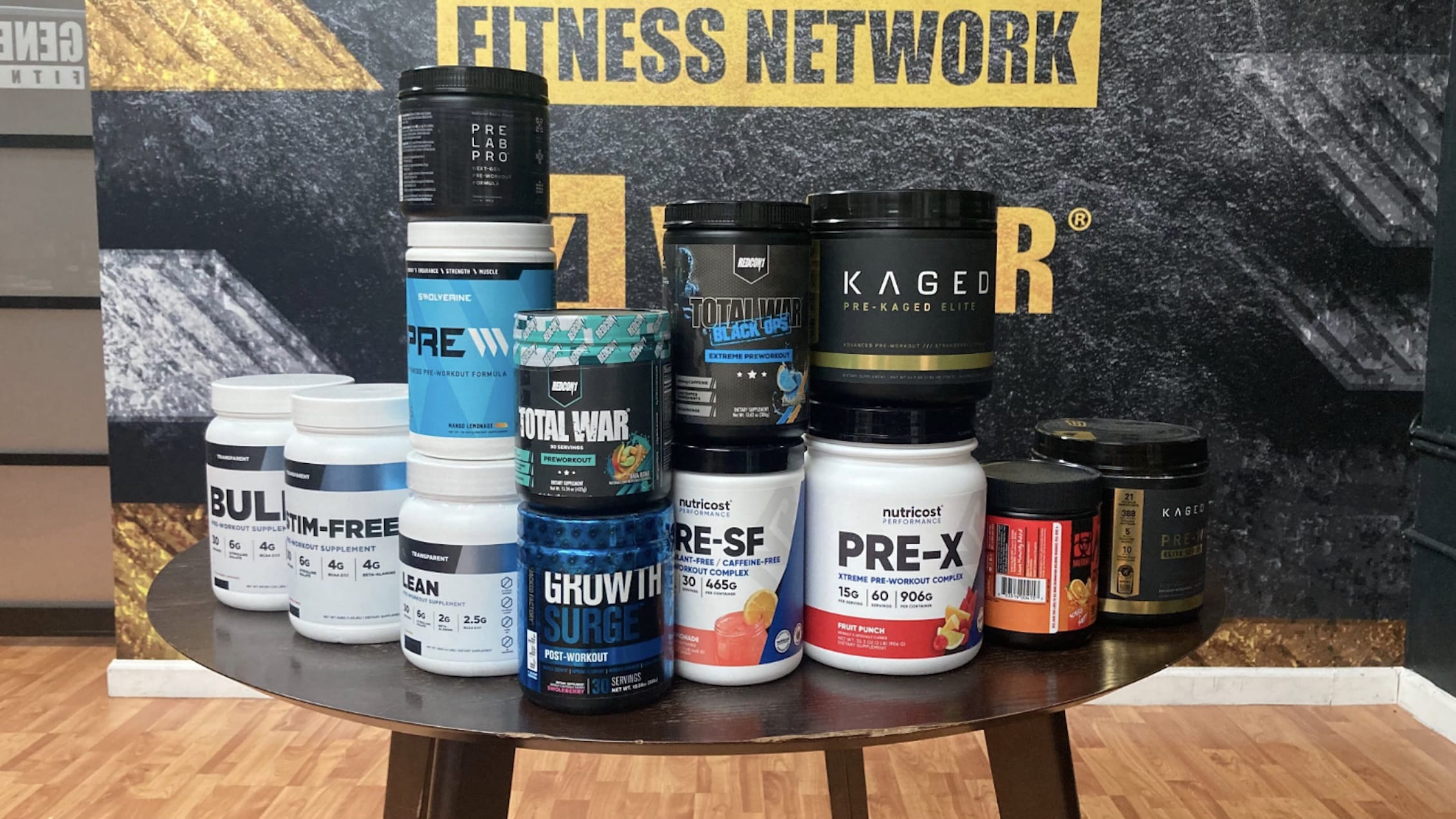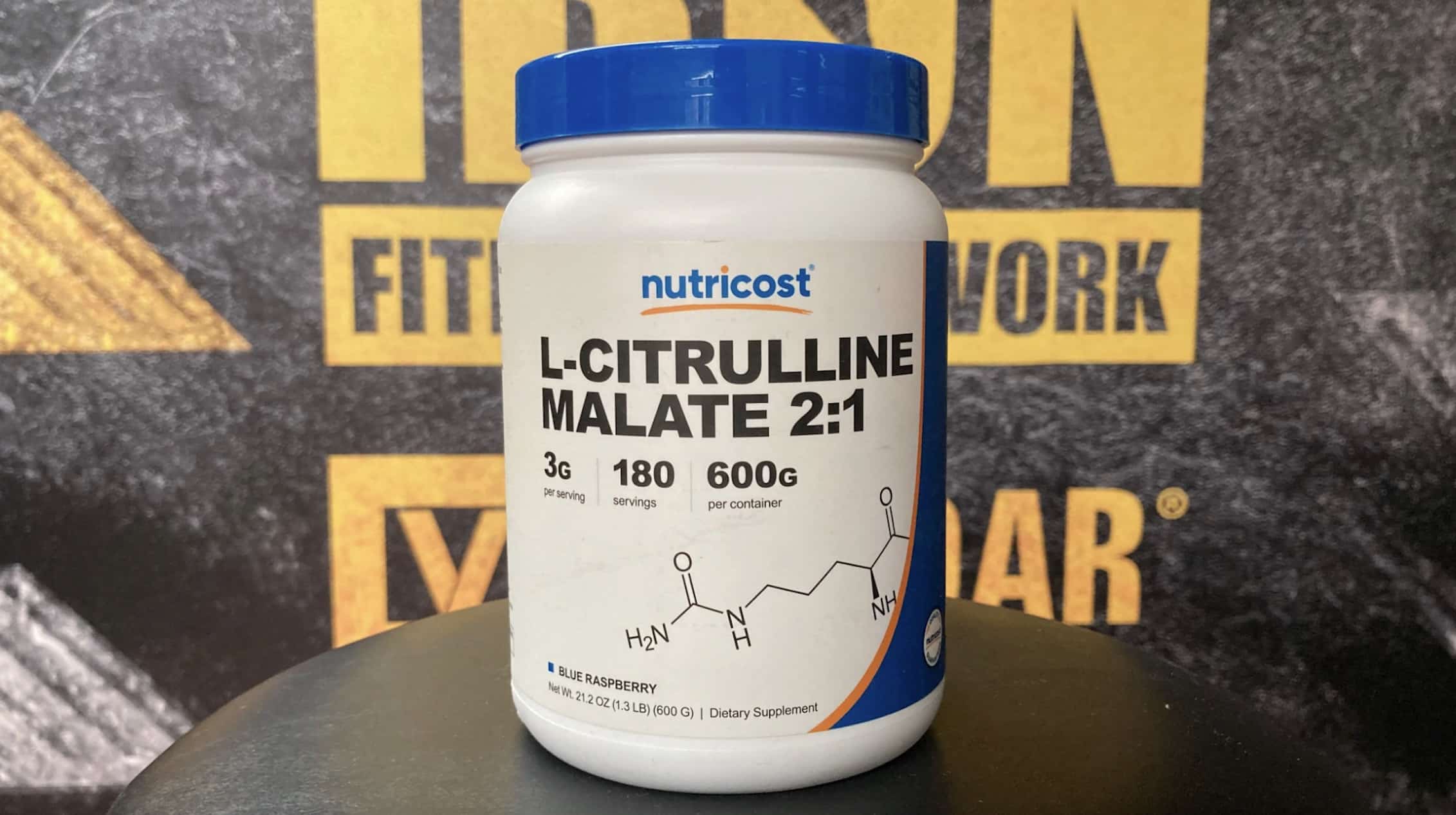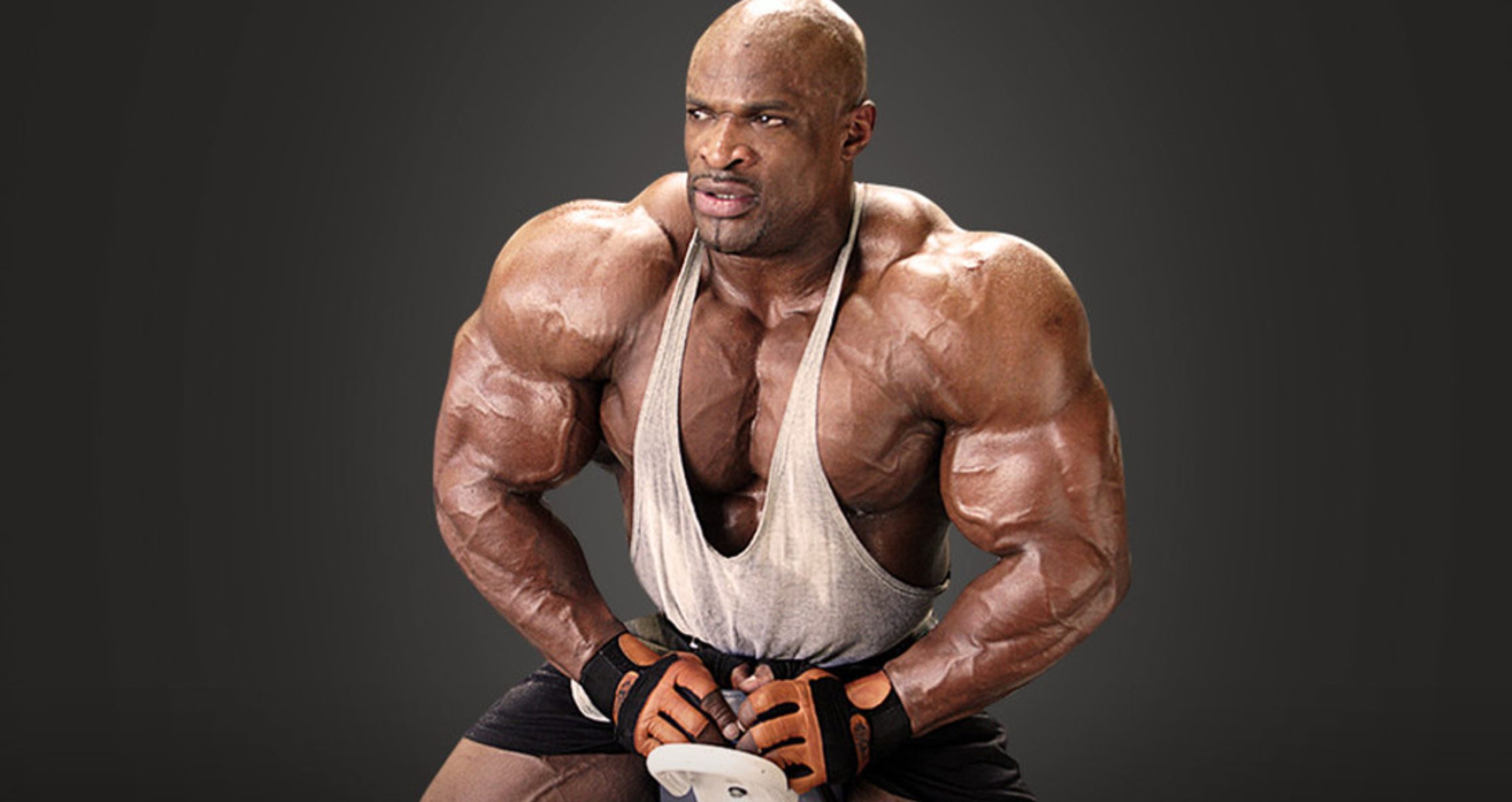Does this training method lead to quicker muscle gains in the gym?
Every gym goer wants to know how to add muscle mass and do it in the shortest possible amount of time. The first thoughts that come to mind are upping weight and volume when weightlifting. Pair this with the right diet plan and proper supplementation and it is a good place to start. At the end of the day, it takes patience to get results. There are many methods that can provide faster results and one is believed to be German Volume Training.
German Volume Training is a method of training that is becoming increasingly popular, and our team at Generation Iron is going to break it down.

What is Old-School German Volume Training?
German Volume Training was first popularized in the 1970s by the Germans (no surprise there). The basic thought was that overloading their muscles by volume training would lead to gaining lean muscle mass. Bodybuilding coach Charles Poliquin popularized the method in the U.S. in the 1990s, leading to his view as the Godfather of GVT. Strength coach Jim “Smitty” Smith also spoke highly of the technique when it was first brought.
“While it is very efficient at building more muscle mass in a short amount of time, the key is intensity used during the high-volume protocol.”
The basic routine is thought to be 10 sets of 10 reps on any exercise. These sets are performed with very little rest as weightlifters look to achieve fatigue within the muscles being targeted.
Do Not Overtrain
The idea of German Volume Training is one that is not for everyone and it is difficult from the start. While it might bring quick benefits, it should not be run regularly without breaks between cycles. This would likely lead to overtraining, which should be avoided. Overtraining leads to regression with performance and raises the risk of injury, and flat out does not help the muscles grow.

German Volume Training Example Workout
Day 1 – Chest and Back
| Exercise | Sets x Reps | Tempo | Rest (s) |
| A1 – Neutral Grip Decline Dumbbell Press | 10 x 10 | 4 – 0 – 2 | 90 |
| A2 – Chin-Ups | 10 x 10 | 4 – 0 – 2 | 90 |
| B1 – Incline Dumbbell Flyes | 3 x 10 – 12 | 3 – 0 – 2 | 60 |
| B2 – One Arm Dumbbell Rows | 3 x 10 – 12 | 3 – 0 – 2 | 60 |
Day 2 – Legs and Abs
| Exercise | Sets x Reps | Tempo | Rest (s) |
| A1 – Back Squats | 10 x 10 | 4 – 0 – 2 | 90 |
| A2 – Lying Leg Curls | 10 x 10 | 4 – 0 – 2 | 90 |
| B1 – Low Cable Pull Ins * | 3 x 15 – 20 | 2 – 0 – 2 | 60 |
| B2 – One Arm Dumbbell Rows | 3 x 15 – 20 | 2 – 0 – 2 | 60 |
Day 3
REST
Day 4 – Arms and Shoulders
| Exercise | Sets x Reps | Tempo | Rest (s) |
| A1 – Parallel Bar Dips | 10 x 10 | 4 0 1 0 | 90 |
| A2 – Incline Hammer Curls | 10 x 10 | 4 0 1 0 | 90 |
| B1 – Bent Over Dumbbell Lateral Raises * | 3 x 10 – 12 | 2 0 X 0 | 60 |
| B2 – Seated Dumbbell Lateral Raises | 3 x 10 – 12 | 2 0 X 0 | 60 |
Day 5
REST

German Volume Training: Does It Build Muscle & Strength?
GVT has been linked to bodybuilding due to the relationship between high volume and muscle growth. While you are not maxing out when performing exercises during GVT, the question is, does this work for powerlifters as well?
The simple answer is that powerlifters can adopt this program but it would benefit them more when they are not preparing for a competition. The offseason is the optimal time because this will allow the lifter to add more size and also work on conditioning. It is also helpful if a powerlifter is looking to move up a weight class.
Wrap Up
German Volume Training brings many benefits to those looking to add muscle. While it is effective, it should be cycled on and off to avoid overtraining. If you are looking to improve your strength, GVT might be for you as well. Paired with proper diet and supplementation, GVT will lead to increased size and strength over the course of a 30-day period.
For more news and updates, follow Generation Iron on Facebook, Twitter, and Instagram.








